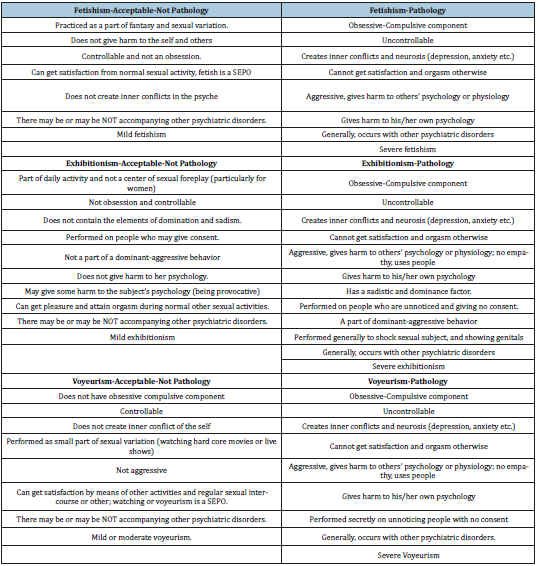

There’s no reason to restrict these in your foods.A small amount of added sugar (in coffee or tea, for example).Brie, feta, or goat cheese (plus other cheeses that you enjoy).Pasta (choose whole-wheat pasta whenever possible).Whole grains (farro, bulgur wheat, barley, and quinoa).Whole-grain bread (look for whole-wheat flour as the first ingredient).Cashews (and all other unsweetened nuts).While they can be part of every day, eat them in moderation.There are no off-limits fruits or vegetables.All fruits (peaches, cherries, apricots, strawberries, raspberries, blueberries, and blackberries).Starchy veggies (sweet potatoes, potatoes, and root vegetables).Nonstarchy veggies, (zucchini, eggplant, bell peppers, artichokes, and dark greens).Processed meat products (chicken nuggets).Cured meats (bacon, sausage, and salami).You can also use it in cold applications to make salad dressing or to drizzle on cooked veggies or side dishes. While overdoing it with this oil can lead to weight gain (it’s a fat after all, so the calories can add up quickly), it’s rich in heart-healthy polyunsaturated and monounsaturated fat, so you can feel good about keeping a bottle handy in the kitchen. Cook with olive oil. Make extra-virgin olive oil the oil you cook with.That doesn’t mean sugar is out - have a bit in your coffee if you’d like, for instance, “but on a daily basis, there isn’t much sugar eaten,” says Paravantes-Hargitt. Eat fewer sweets. Just like meat, make desserts a special occasion dish.When you do eat meat, focus on choices like skinless chicken and save red meat for once a week or twice a month. “A good place to start is going vegetarian one day a week,” she says. Try to incorporate more vegetarian-based mains, such as those centered around beans, tofu, or seitan, into your day. Make meat a side. Traditionally, people ate meat only for special occasions, such as a Sunday supper, and even then in small amounts, says Paravantes-Hargitt.


“Usually a small amount of wine, about 3 to 4 ounces, would be consumed with the meal.” “The wine consumed within the Mediterranean diet is done in moderation and is always consumed with food,” Paravantes-Hargitt says. One common misunderstanding is that those following the Mediterranean diet drink a lot of red wine. These include lentils, dried peas, beans, and chickpeas (like hummus). Eat more legumes. Not only are they a staple that you’re probably not eating enough of anyway but they’re budget-friendly and offer a host of nutritional benefits, says Paravantes-Hargitt, such as being high in fiber and protein, low in fat, and a source of B vitamins, iron, and antioxidants.Still, here are five important tips to get you started: You just continue the next day as if nothing happened.” ‘Cheating’ is part of the Mediterranean diet. “Food is to be enjoyed, and the Mediterranean diet promotes a healthy relationship with food. “Even within the Mediterranean diet there are what we call ‘special occasion days’ where you may eat more or eat foods that perhaps are not very healthy, but that is actually part of the lifestyle,” Paravantes-Hargitt says. There’s no following this to a T or falling off the wagon and feeling like a failure. The good news is that because this is a style of eating versus a set of rigid rules, you can fully customize this approach to suit your likes and dislikes.


 0 kommentar(er)
0 kommentar(er)
